This article first appeared in our old blog on September 22, 2013.
Fourth Day in Hokkaido
Do you know the most sold car in the world? Up till June 2013, Toyota had sold more than 40 million unit! Japanese cars are chosen by many because they last longer and are fuel efficient.
The Japanese love their own products, almost all cars on street are domestic products. They are also very obedient to the traffic regulations. One of he first and most important things taught to elementary students are ethics, i.e, raise your hand when you want to cross the street. Cars will then slow down and let you pass. Cars driven by elders have yellow and orange water drop stickers while beginner drivers’ cars have yellow and green arrow-shaped stickers.
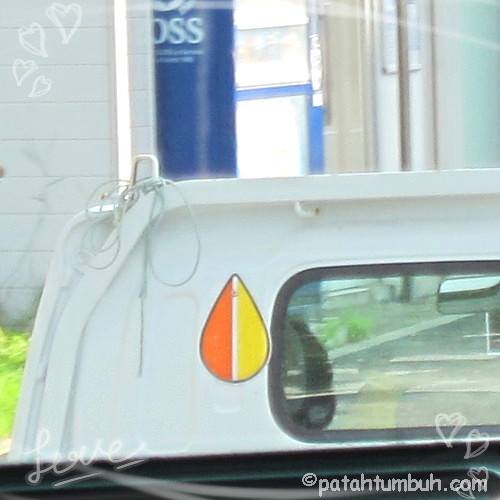

After Fukushima disaster, Japan practiced energy saving. Stores are closed at around 8 p.m. People are expected to reduce the use of air conditioning. Fortunately, the weather was not very hot when we were there, around 24 degree Celsius, since many public places did not turn on the air conditioning.
Hell Valley
Hell Valley is very near from our hotel, we arrived there in no time.
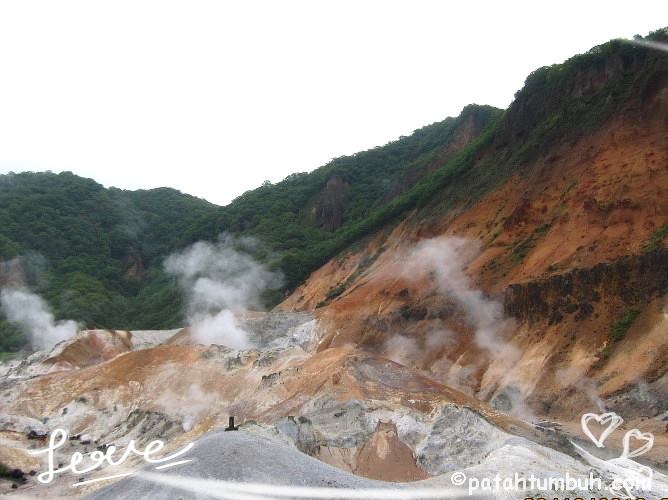
The hot water then flows to hotels and onsens in Noboribetsu area.

Noboribetsu Marine Park Nixe
We did not stay long at Hell Valley before we continued to Noboribetsu Aquarium. Compared to other aquariums around the world, Noboribetsu Marine Park Nixe is quite small. Even though it is small, the beautiful buildings and the penguins parade are awesome.
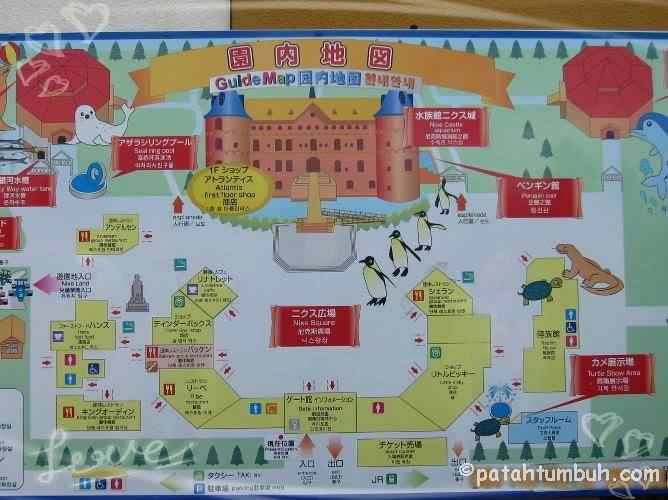
The aquarium is located inside the Danish castle-modeled main building called Nixe Castle.
Nixe Castle is right across the main gate with Nixe Square in between surrounded by shops and restaurants.




So what is so interesting about their penguins? Lots of other places got penguins, too. Yes, but not taking their king penguins on parade, right? Like dogs, penguins need exercise, that is why they are walked twice a day unless it is too hot.
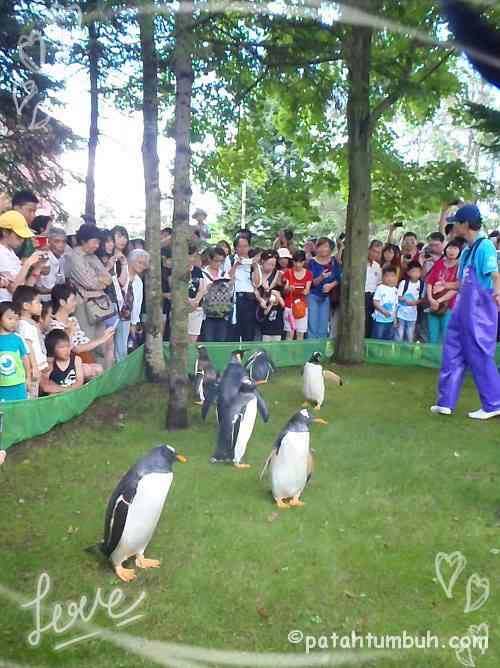
It’s hard to tell male and female penguins apart. They have to do DNA test or watch which ones lay eggs. Therefore, as soon as they find out which one is which, they put a ring on their right or left wing.

Unfortunately, they did not parade for long because of the hot weather. After that we watched some other shows such as the dolphin and the sea lion show.
From there, we went to a restaurant known for its porridge but the good meal was not much enjoyed because of the heat (The air conditioning was not on).
There are no wild dogs in Japan. They can’t survive winter.
The trip to our next destination took almost two and a half hours. The toll payment was 11,550 yen! That is about US$115. Japan’s toll payment is the most expensive in the world, that is about 24 yen per kilometer. (about US$0.24 per kilometer). The reason for this is because after World War II, the car industry in Japan was booming and the roads were not enough. Economy was bad, so they built expressways with borrowed money. Payments made by collecting money from toll. Besides, the expressways were built to survive earthquakes, so the costs were high. It was intended that the expressways would befree by the time the debts are all paid, hopefully, in 2050!
I admired Hokkaido’s scene along the way. The tidy field, even the garden in yards are carefully worked like this picture. This was not taken on the way to Onuma but this was the view seen almost everywhere in Hokkaido.
Onuma Quasi National Park
Finally we arrived in Onuma Quasi National Park, 20 km north of Hakodate. The park is located at the foot of Mount Komagatake. In 1998, the mount was declared active, so, climbing it is prohibited. There are several lakes in the park. The biggest is Onuma lake about 24 km in diameter and 13.6 m deep. There are 126 islets and 18 bridges connecting these islets. The bridges are not very long and can be covered by walking or biking. There are also boats for rent if you want to cruise around the lake. In summers, cruise ships are available but rather expensive, about US$10 for a 30 minutes cruise.
Pelajaran : Pengelolaan pertanian modern memerlukan biaya yang besar, tapi jangka panjang, memberi hasil yang jauh lebih besar dibandingkan dengan pengelolaan secara tradisional. Halah… siapa gak tau Rose? Ya, ya, sudah tau kenapa tidak diterapkan? Terlalu banyak pemalas di Indonesia. Maunya kaya mendadak. Ada tanah, tak mau dikerjakan, pohon buah dibiarkan bertumbuh liar, tidak dirawat dan tidak selektif memilih bibit. Maunya metik buah aja. Hasilnya, buah dengan mutu rendah dan semakin rendah. Kamu yang gak tau Rose, sudah banyak tuh yang melakukan seperti itu. Tapi masih banyak kan yang punya tanah, tapi tidak mau garap dengan baik? Maunya pindah ke kota, kerja kantoran. Ah sudahlah Rose, kamu gak ngerti… Sorry…
Onuma Quasi National Park
Akhirnya sampai juga kami di Taman Nasional Onuma kira-kira 20 km di utara Hakodate. (Aku proofread artikel ini sebelum publish, ada teman yang bilang, Rose, bahasamu Batak sekali… setelah membaca kalimat ini, aku menyadari kebenaran ucapannya itu, bahkan bisa membayangkan nada dan dialek waktu aku mengucapkan kalimat pertama alinea ini…. hahaha…. HORAS kamben!) Taman ini terletak di kaki gunung Komagatake. Tahun 1998, gunung ini dinyatakan aktif, karena itu mendaki gunung tidak diijinkan. Dalam taman ada beberapa danau, yang terbesar adalah danau Onuma dengan diameter kira-kira 24 km dan kedalaman 13,6 m. Selain itu ada 126 pulau-pulau kecil dan 18 jembatan di berbagai lokasi yang menghubungkan pulau yang satu dengan yang lainnya. Jembatan tidak terlalu panjang dan dapat dilalui dengan berjalan kaki ataupun naik sepeda. Sampan juga tersedia bagi yang ingin mengarungi danau. Di musim panas ada perahu untuk membawa turis berkeliling danau tapi biayanya cukup mahal, sekitar 110 ribu perorang untuk 30 menit perjalanan.
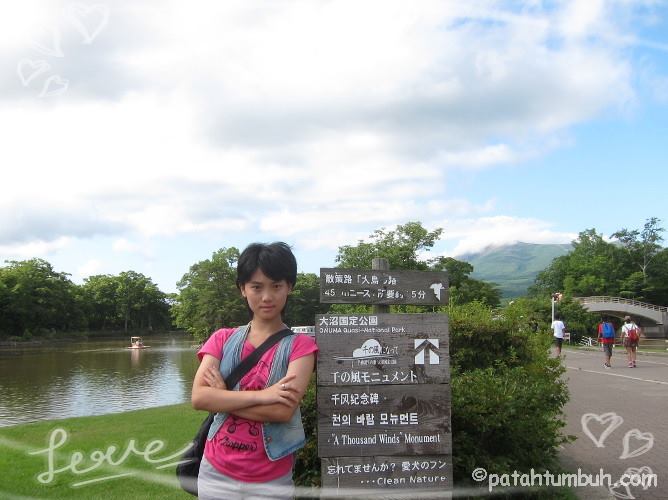
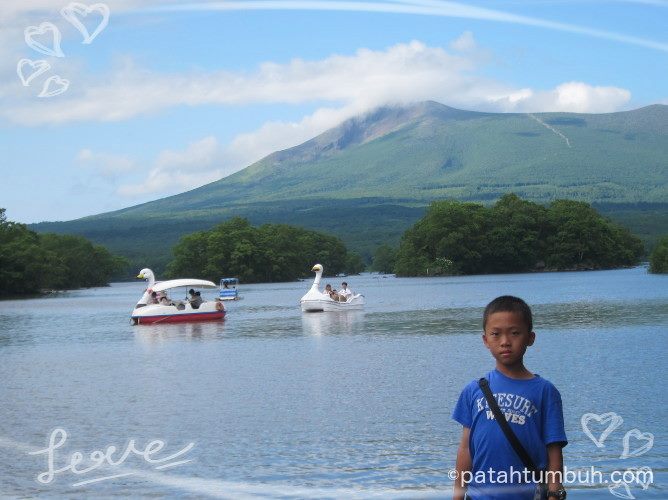
Hakodate Kanamori Warehouses
Hakodate Port, opened in 1859 was one of Japan’s first international ports (others were Yokohama dan Nagasaki). In 1863, Kumashiro Watanabe moved from Nagasaki to Hakodate. He was 24 years old. Six years later, he started Kanemori Haberdasher store (now Municipal History Museum) and Kanemori Ship Chandlery. Both these and his other businesses became the foundation of Hakodate’s prosperity. Kumashiro was highly respected. He played a significant role in public welfare and Japanese culture, built schools, hospitals, parks and others. Because of his generosity and contributions, he was named one of the four Heavenly King of Hakodate. He started the warehouse business in 1887. The beautiful red brick warehouses which we see now were rebuilt in 1909. They are now transformed into shops selling souvenirs, sweets, snacks, clothing, and restaurants or other tourist facilities. Some are still used as warehouses. There is also a small chapel for weddings.
Because of the unique design of the warehouses complex (divided into four sections, each with different characteristics), Hakodate becomes a spot favored by dating couples. At night, you can see the red brick reflections on the water surface. Hakodate is a heaven for beer lovers. At Hakodate History Plaza there’s a beer hall where the beer comes fresh from the brewery.

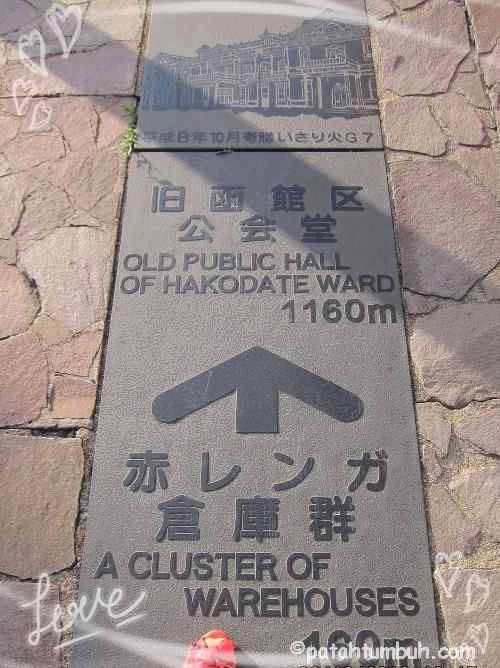
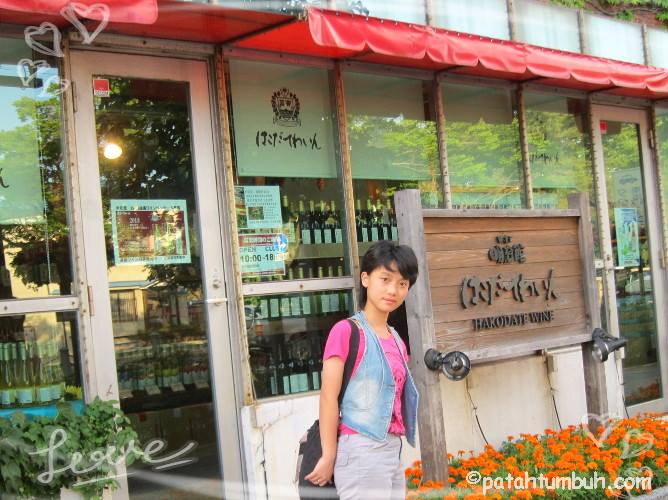

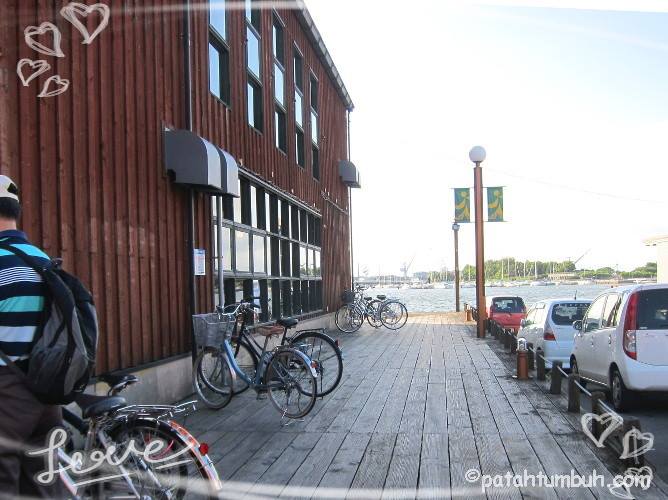
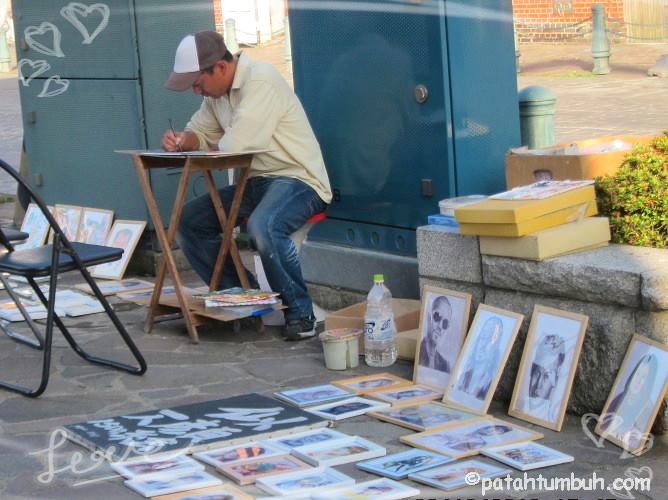

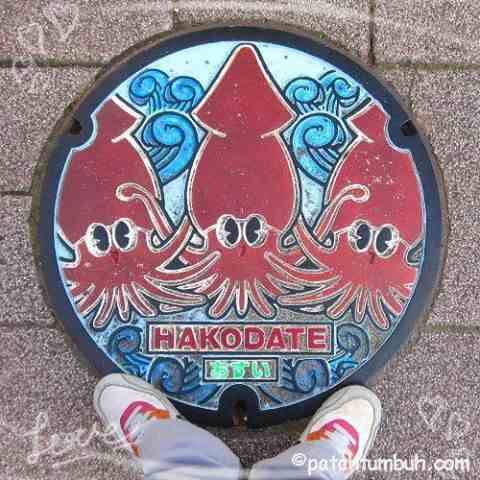
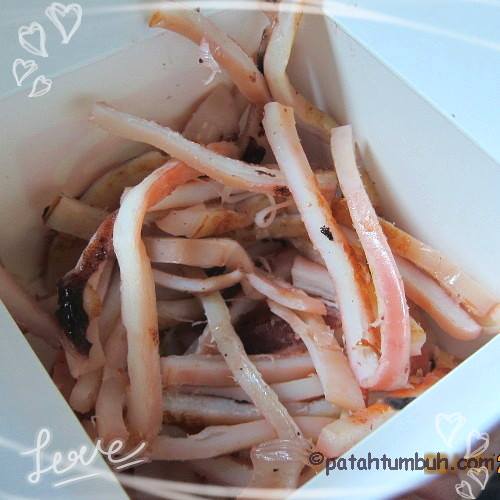
Mount Hakodate
We wanted to watch the sunset at Mt. Hakodate but it was too late. It was alright though, because the night view from Mt. Hakodate was marvelous! We went up by bus but got down with the cable car. The journey with cable car took only three minutes one way. The downside was the line. Fortunately there are also souvenir shops and restaurants there. Watching Hakodate from the peak of the mountain is something you must do if you visit Japan. It is one of the three best night view in Japan.






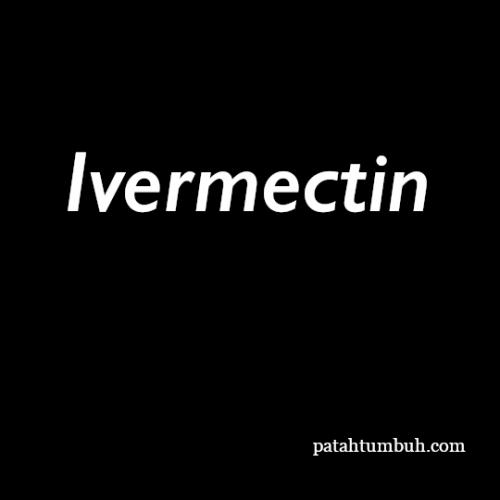
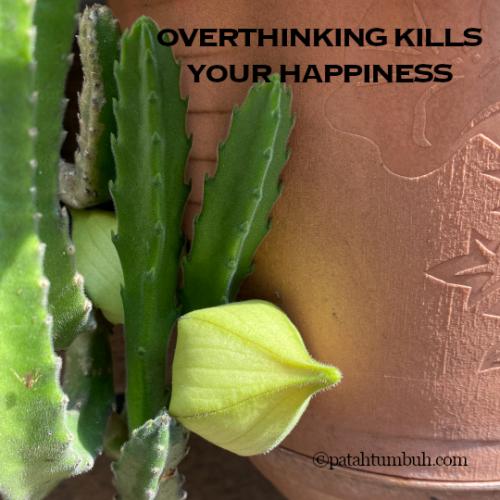

Add new comment